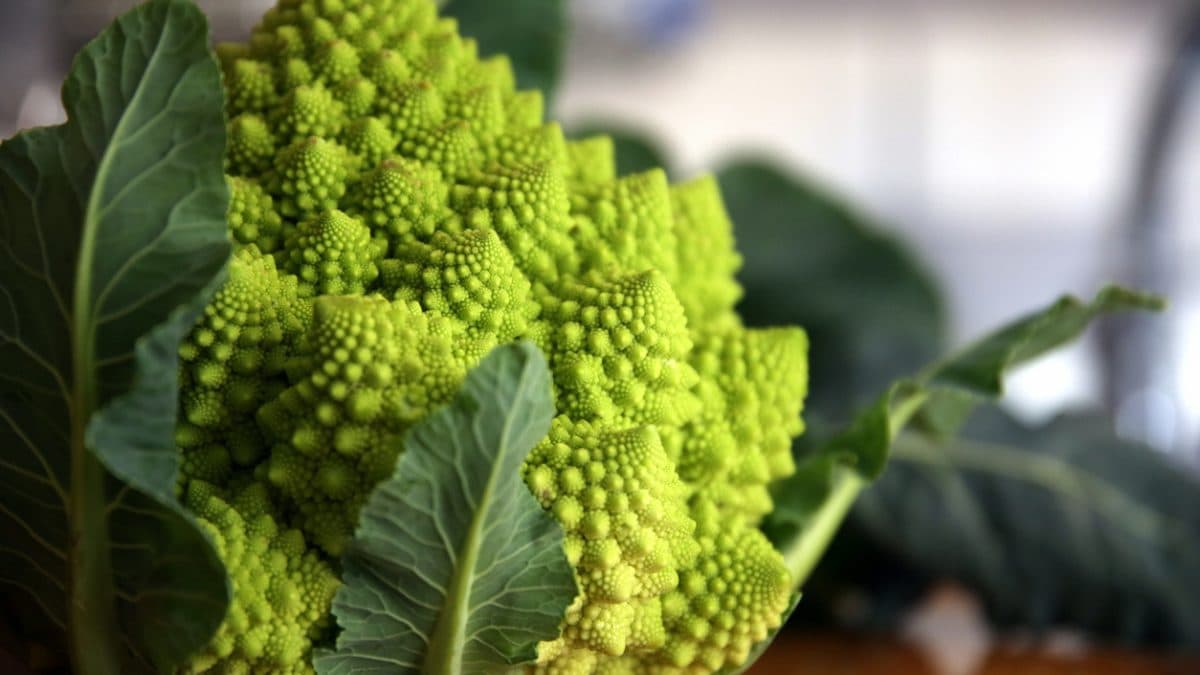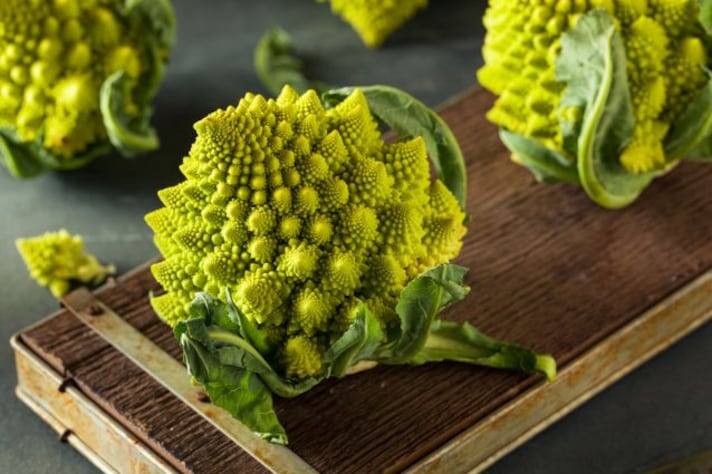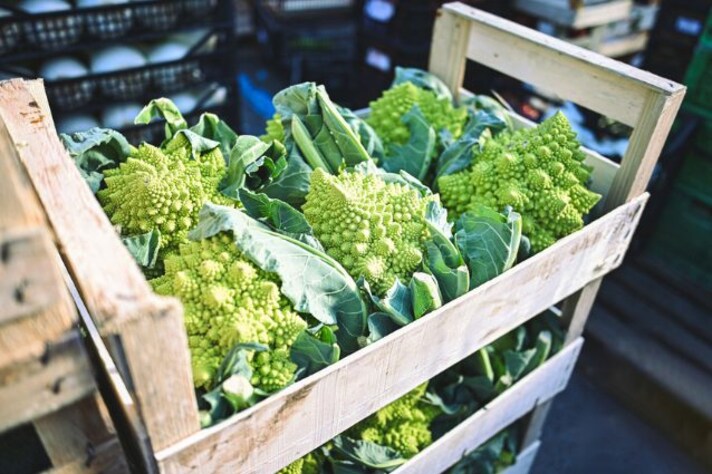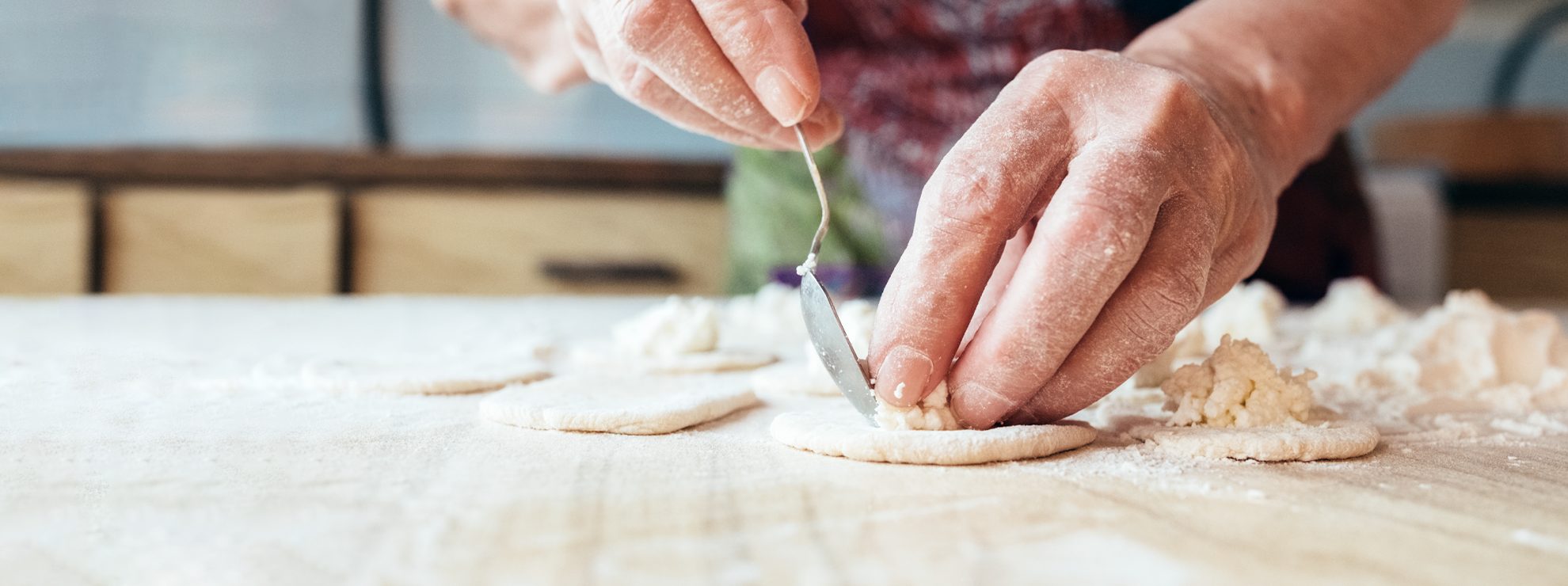
Romanesco broccoli isn’t just food—it’s a math lesson with a crunch. With its vivid green hue and mesmerizing spirals, it looks like it was dreamed up by a botanist and a graphic designer over lunch. Often mistaken for an alien cousin of cauliflower, Romanesco is actually a cultivar of Brassica oleracea, putting it in the same botanical family as broccoli, cauliflower, cabbage, and Brussels sprouts. But unlike its relatives, it comes to the table with undeniable visual flair and a striking sense of geometry that makes it both a conversation starter and a dinner guest.
What Does Romanesco Broccoli Taste Like?
Bite into Romanesco and you’ll get a flavor that plays hopscotch between broccoli and cauliflower. It's milder than traditional broccoli, with a slightly nutty, earthy flavor that finishes with a hint of sweetness. Some compare it to artichoke hearts or even asparagus, with none of the bitterness broccoli can sometimes bring to the party. The texture is firmer than cauliflower but still tender when cooked properly—think al dente pasta, if pasta were crunchy and green.
Romanesco Vs. Broccoli Vs. Cauliflower Differences
If broccoli is the reliable workhorse of the produce aisle and cauliflower is its versatile cousin, Romanesco is the artsy sibling who studied abroad. Structurally, it's closer to cauliflower in texture, but the taste is noticeably nuttier and less sulfuric. Unlike the bushy florets of broccoli or the dense, crumbly head of cauliflower, Romanesco forms pointed, fractal cones that echo a natural Fibonacci sequence. Yes, it’s math you can eat—and you don’t even need a calculator.

How to Eat It: Roasted, Raw, and Everything In Between
Romanesco can be as low-maintenance or high-impact as you want it to be. Roasting it brings out its nutty depth and caramelizes the edges into crispy perfection. Steamed lightly, it holds its texture beautifully and pairs well with garlic, lemon, and olive oil. Some daring types eat it raw in salads or crudité platters, where its crunch and color steal the show. It plays nice with pastas, purees into dreamy soups, and even holds its own pickled. The only real rule is: don’t overcook it, or it might lose both its crunch and its charm.
Nutritional Bragging Rights
Romanesco isn’t just a pretty face. It packs a punch of nutrients, including vitamin C, vitamin K, fiber, and antioxidants. Low in calories but high in visual impact, it's a smart choice for anyone looking to add more plants to their plate without sacrificing satisfaction. Like its Brassica cousins, Romanesco may support heart health and reduce inflammation, giving you another reason to add it to your grocery list—besides its Instagrammable looks.
Cooking with Romanesco
For home cooks feeling stuck in a broccoli-and-carrot rut, Romanesco is a fresh way to shake things up. Its unusual form makes it a favorite of chefs and food stylists, but you don’t need a culinary degree to make it work. Slice it into steaks and pan-sear it, blitz it into a grain bowl, or toss it with herbs and feta for a salad that doesn’t feel like a sidekick. When it comes to flavor pairing, Romanesco plays well with parmesan, toasted nuts, anchovies, and smoky spices like paprika or cumin.

Is Romanesco Available in the U.S.?
While it used to be the sort of thing you’d only find at a specialty grocer or a farmers market, Romanesco is slowly making its way into mainstream American supermarkets. Look for it in the produce section between October and March, when it's in peak season. It tends to cost a bit more than regular broccoli or cauliflower, but the payoff—in flavor, nutrition, and visual drama—is well worth it.
;Resize,width=767;)
